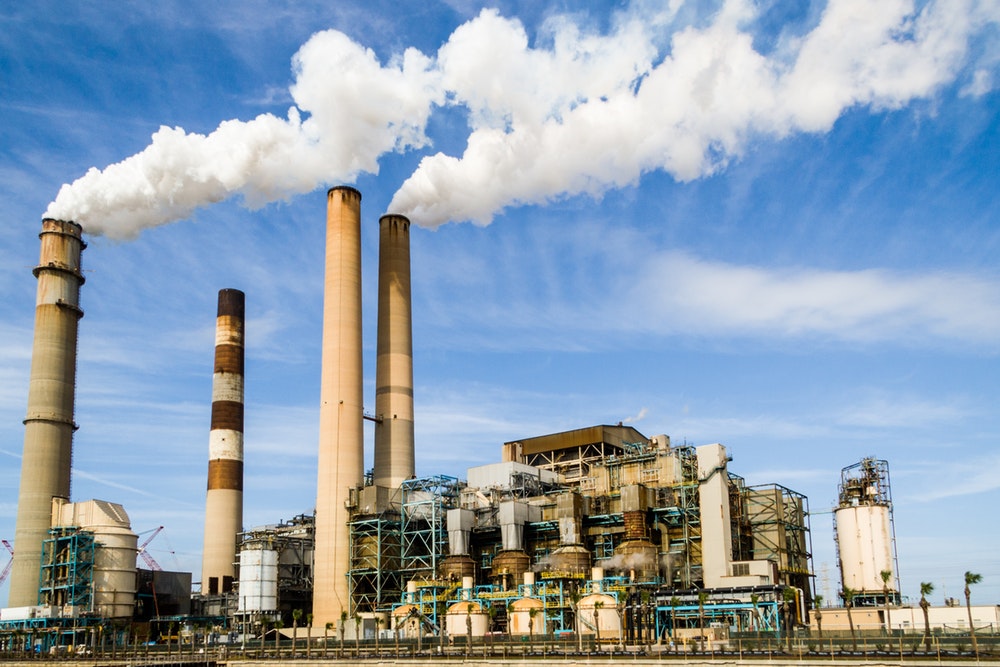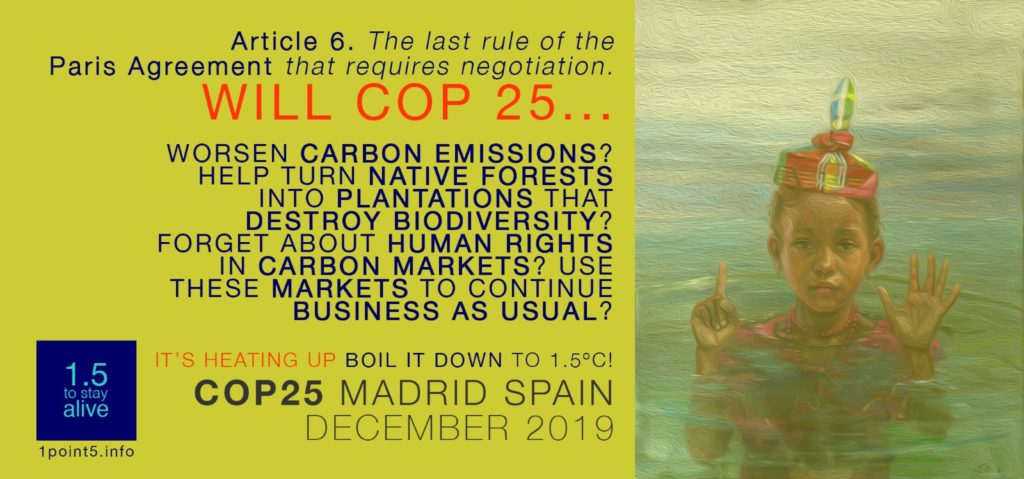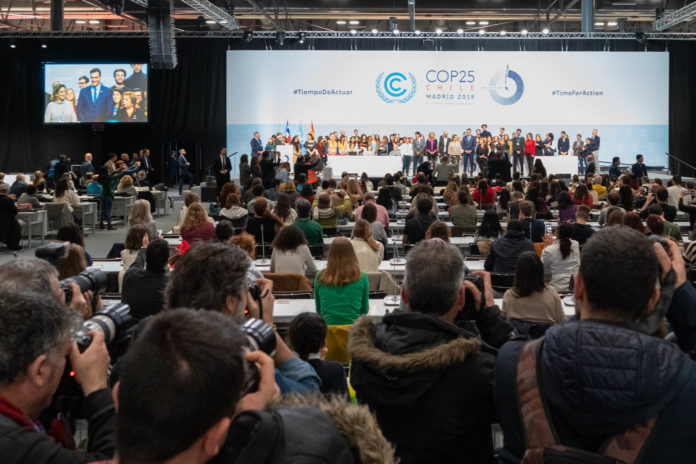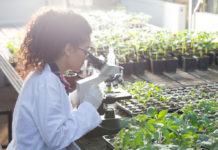Madrid’s COP25 seem blind to the urgency of the climate crisis.
Negotiators from 196 countries have come to Madrid for the annual UN Climate Summit – COP25. The most contentious discussion this year, ‘Article 6: Carbon Markets.”. They hope to agree on the rules for the technical and obscure text that could make or break the Paris Agreement.
What is it? And what does it mean for Small Island States?
Article 6: Carbon Markets
Under the Paris Agreement, (nearly) all countries around the world adopted climate targets. These markets are covered in large part by Article 6 of the Agreement, and negotiators have been discussing the detailed rules of these mechanisms since 2016. Article 6 is all about Carbon Trading and Carbon Markets and it establishes the foundation for market-based climate measures after 2020.
Simply put, carbon trading is a market-based system aimed at reducing greenhouse gases that contribute to global warming, particularly carbon dioxide emitted by burning fossil fuels.

With climate change a present threat, economists came up with the idea of trading the right to pollute, creating what they believe is a financial incentive to curb emissions. It is the process of buying and selling permits and credits to emit carbon dioxide.
Carbon trading is increasingly criticised, not least because carbon dioxide emissions in industrialised countries are not declining at the necessary rate to avert catastrophic climate change.
There’s Always More to the Story
Negotiators from different countries and country groupings have been going back and forth on the issue for years, and COP25 seems to be no different. This piece of negotiations has various elements which countries can not agree on.
Brasil is holding out on double counting, which refers to when a country selling a carbon credit claims the underlying emissions reduction for itself, while at the same time, the country buys the credit also claims the same emissions reduction. Essentially, a form of cheating. When an emission reduction credit or offset is sold by a country, it seems reasonable for that country not to count it toward its own climate target. Brasil disagrees. On the other hand, the EU says “we want to find consensus while managing potential risks” which is a good way of not saying much.
AOSIS, 1.5 Degrees, and Carbon Markets
Lack of decisive climate action is one issue but added to this, instead of making effective progress, the rules they’re shaping to carry out the Paris Agreement’s Article 6 could both worsen carbon emissions.
Article 6 lacks rules to protect native forests. Instead of preserving forests, these rules will promote transforming forests into monoculture tree plantations – providing minimal carbon sequestration and no ecosystem services, while wreaking havoc on biodiversity. A major point of contention for developing countries whose economies and societies are built on the conservation of their native forests.

According to activists at COP25, delegates are working to hide emissions and allow UN carbon accounting loopholes. One key aspect of Article 6 found in the original Paris Agreement which guaranteed “the protection of human rights” was deleted from a revised draft Saturday night, as was verbiage assuring civil society and indigenous consultations.
AOSIS does not support activities that continue to harm the earth and all living things. According to Greenpeace, Article 6 is a “carbon trafficking scheme.”
AOSIS countries stand for the 1.5 degree goal, which carbon markets stand the risk of competing against. We must secure a deal on Article 6 that is consistent with our 1.5 goal. Article 6 must transcend mere offsetting and deliver an enhanced stream of resources for the Adaptation Fund. We cannot allow carryovers of Kyoto units to dilute post-2020 ambition.
COP25 has been touted as a “Launchpad for Significantly more Climate Ambition,” but the way things are going right now, it appears to resemble a black abyss of indecision. And while there is lack of decisions, island states continue to be negatively impacted by climate change.



















